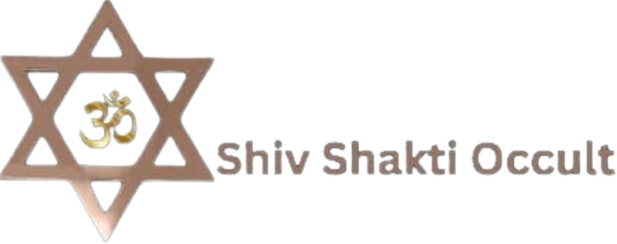Tarot
Tarot reading is a form of divination where a deck of cards, typically consisting of 78 cards with various symbolic images, is used to gain insight, guidance, and clarity on different aspects of life. Each card in the deck represents archetypal energies, themes, and situations that can be interpreted by the reader to provide answers to questions, offer advice, or shed light on current circumstances.
Overall, a tarot reading course provides a comprehensive foundation for understanding and practicing tarot reading, empowering participants to use this ancient tool for guidance, reflection, and insight in their personal and professional lives.
